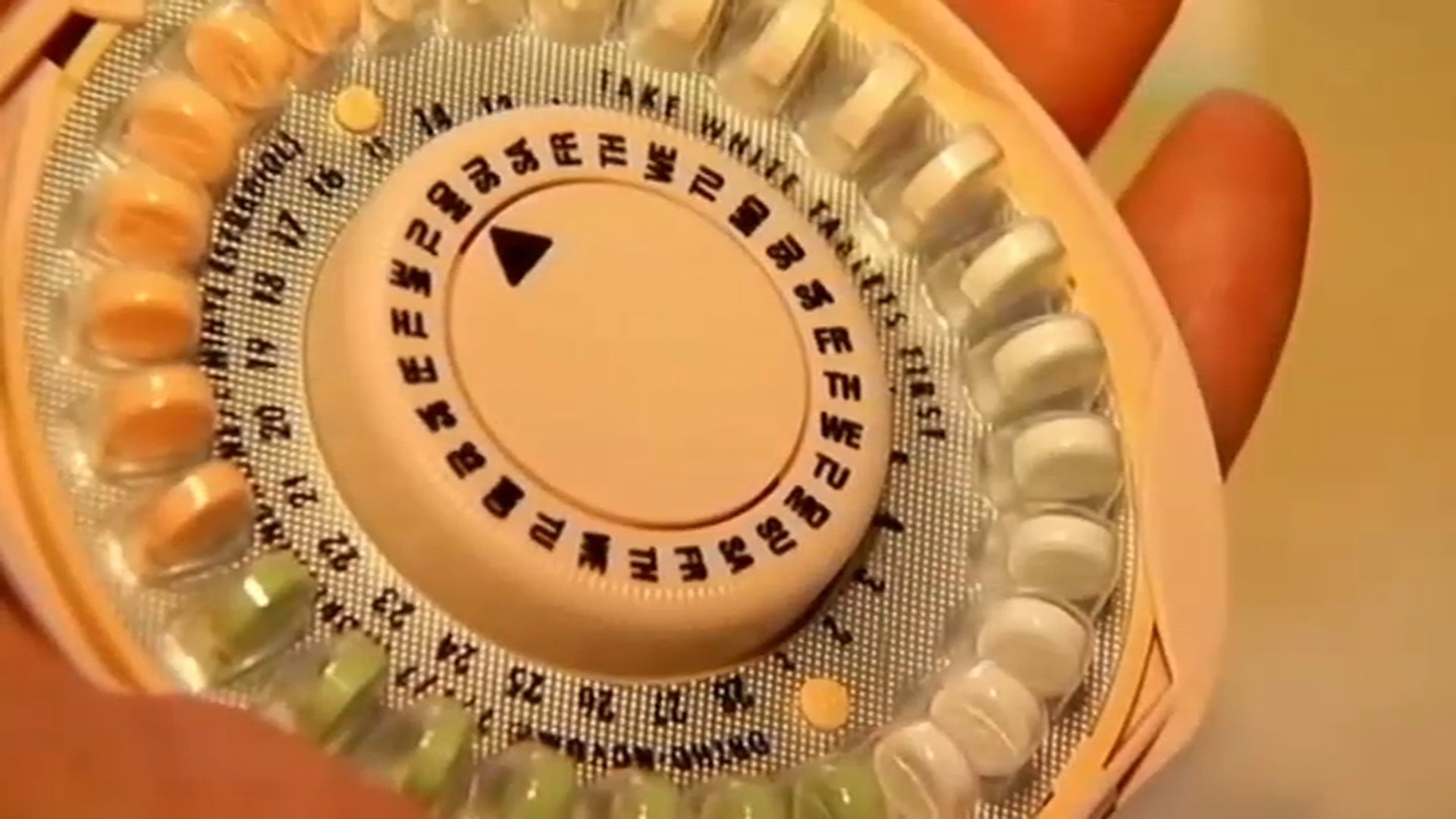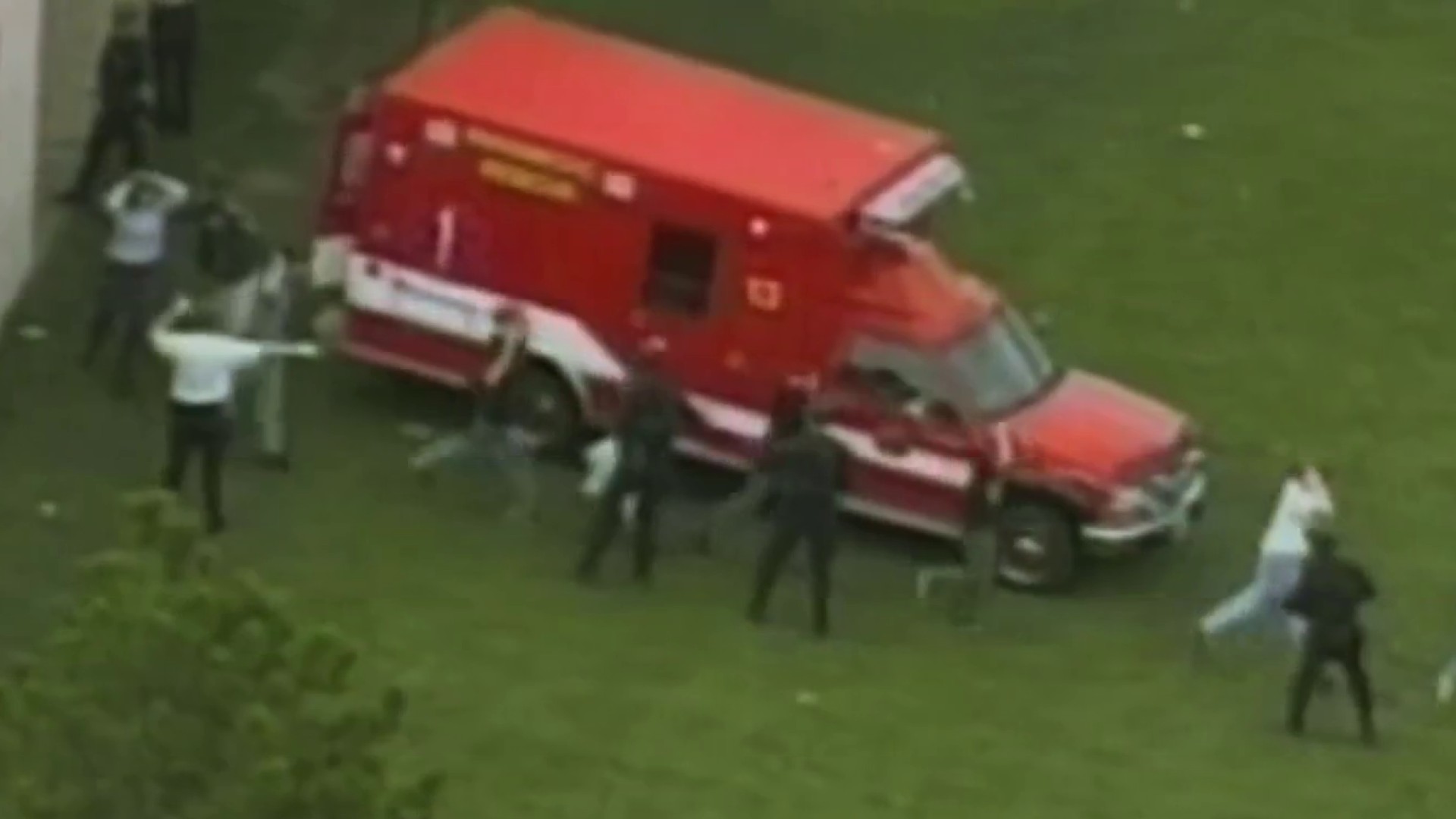The Vietnam War is a dark chapter in American history. It divided our country. Our service men and women served and sacrificed. There were demonstrations and protests against the war.
Many who fought in Vietnam returned to the U.S. to a collective "cold shoulder." Some reported ugly confrontations with people who blamed them for serving.
April 30 marked the 40-year anniversary of the fall of Saigon. The city is now named Ho Chi Minh City after the communist leader who unified Vietnam.
I asked my supervisors at News4 if I could take a small camera to Vietnam during a personal tour I took with my wife, Debbie. They agreed, and I gave myself this assignment: To report on what Vietnam is like today under communism and how the Vietnamese people treat Americans and returning U. S. veterans.
I filed this report from Ho Chi Minh City. Some Vietnamese, especially those in South Vietnam who fought alongside Americans, told me they still call it Saigon

Reporting From Ho Chi Minh City
Local
Washington, D.C., Maryland and Virginia local news, events and information
Vietnam was my generation's war. Tens of thousands of Americans were killed or wounded. There were supporters of the war and vocal opponents. Large numbers of protesters participated in demonstrations demanding the U.S. get out of Vietnam.
The Vietnamese call it the American War.
My guide spoke on camera with some concern about his safety. I am not disclosing his full name.
Phat told me, "They understand that American people did not make war in Vietnam. Just the government. President Nixon."
U.S. veterans visiting Vietnam try to come to grips with the past. Larry Beam from Bowling Green, Kentucky, told me, "I found myself more emotional than I would expect by being here."
The United States fought to stop the spread of communism in Southeast Asia. It was the first war the U.S. lost.
"I think about the people who lost their lives here and the families who were affected by it now and then," Beam said. "When you go in and it's now a communist state, there's a certain amount of defeatism there."
U.S. military superiority was out maneuvered by guerrilla warfare. Small groups of Viet Cong fighters would ambush U.S. troops, then disappear through rabbithole-sized entrances into underground tunnels like those at Chu Chi just outside of Saigon. It's a real jungle battleground that is now an American tourist destination.
On a tour of Chu Chi, I met Joel Schwartz. He was a middle class college student who volunteered for Vietnam because he felt the draft was unfair, putting the burden of fighting on poor minorities. But his idealism soon disappeared.
"I felt the war shouldn't have been fought," Schwartz said. "We had no business being there, and that's the way it is. A lot of people died for nothing."
I experienced first hand how hard a time U.S. troops had trying to clear the tiny tunnels. I took my camera and crawled through a small, hot, dark section of tunnel. I was soon disoriented. By the time I got out my shirt was soaked with sweat and I was losing my voice.
Now more than 12 million people live and work in Ho Chi Minh City. Roads are crowded with scooters. Everywhere you look people are doing business. They sell food, fruit, vegetables, clothes, and jewelry.
Small business compete with the biggest designer name stores.
My guide Phat calls it red capitalism. "Vietnam is a communist country, but it seems like economy is going on the capitalist way," he said. "It's more freedom, more free market in Vietnam. Easy to do business in Vietnam now."
Reporting From Da Nang, Vietnam
A large pagoda with sprawling grounds overlooks the city of Da Nang. Visitors burn incense and pray. Buddhism is one of many religions in Vietnam, along with Christianity and ancestor worship.
Da Nang is a vibrant city. People are doing business on every corner, sidewalk and market.
It's a clean city. We found a dozen employees cleaning the front of a five-star hotel. The people are friendly.
"They're happy, welcome all people," my Vietnamese guide, Phat, said.
Da Nang was the site of a major U.S. air base. Marble Mountain is just a short distance away. Inside the mountain, there's a cave where the Viet Cong built a secret hospital. They claim to have shot down 18 U.S. helicopters from their mountain perch.
Beneath Marble Mountain is Marble Beach. We know it as China Beach, made famous in movies and TV shows. The U.S. military sent troops here for rest and recreation. But the Vietnamese have removed many references to China since the war.
Retired U.S. Air Force Lt. Col. John Stiles told his story and his desire for reconciliation. He described how he has become close friends with the Vietnamese pilot who shot him down.
On April 16, 1972, in a dogfight in the skies near Hanoi, U.S. Air Force Brigadier Gen. Dan Cherry fired a missile from his F4 fighter jet that exploded under the wing of a Russian-made MiG. Vietnamese pilot Hong My ejected, breaking both arms. He barely escaped with his life.
Thirty-six years later, a Vietnamese TV host arranged for the pilots to meet. Hong My was wearing a medal on his coat and revealed that it signified that he had shot down an American airman. Hong My asked Cherry to find him when he returned to the United States.
Research and luck led to Stiles. But Stiles was at first wary. He had believed for years that his plane had been shot down by ground artillery. But he agreed to meet Hong My. When he did, Hong My revealed details of the shooting that immediately convinced Stiles that Hong My was right.
"When I met Hong My there was no hatred on his part or animosity or gloating he was just a genuine person," Stiles.
From that first meeting, a deep friendship has grown.
"I was in Hanoi last year and spent 10 days with Hong My," Stiles said. "I had a great time. I got to know him and got to know his family very, very well. He treated me like a king."
"We were never enemies," Hong My said. "We were just soldiers."
Stiles explained it to me this way, "He was doing his job. I was doing my job. It just happens that way."
Final Thoughts: Reporting From Washington, D.C.
Stiles has made it his mission to promote reconciliation between U.S. veterans and the Vietnamese they fought.
As a reporter, it seems to me that for there to be reconciliation the United States must recognize and show gratitude to the men and women who served in that unpopular war.
Every time I visit the Vietnam Veterans Memorial in D.C., I see the grief of families and friends who visit the wall. They lovingly trace the names of loved ones who lost their lives or went missing in action.
There are more than 58,000 names inscribed on the wall. As a country we remember them on Memorial Day and Veterans Day, but have we done enough to single out those who fought in Vietnam? Do we honor those who died and the families who are still mourning their loss? Recently Maryland enacted a law to welcome home Vietnam Veterans. It comes 40 years after the war, but for some it's a start.



